How social media is rivalling
THE MICHELIN
GUIDE
Feeding the hype
Feeding the hype
Feeding the hype
Feeding the hype
Feeding the hype
Feeding the hype
Feeding the hype
Feeding the hype
Feeding the hype
Feeding the hype
The increasing popularity of street food, and the tandem growth of social media, has created a breeding ground of opportunity for restaurants that hadn’t previously been able to rely solely on traditional restaurant reviews as a route to critical acclaim, hype and demand.

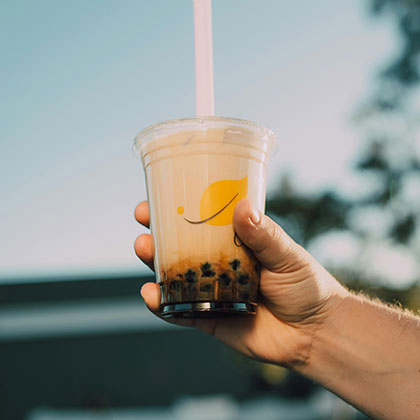

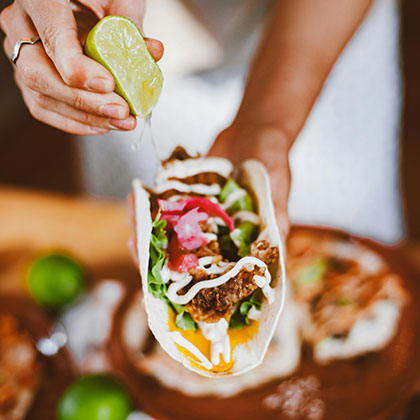
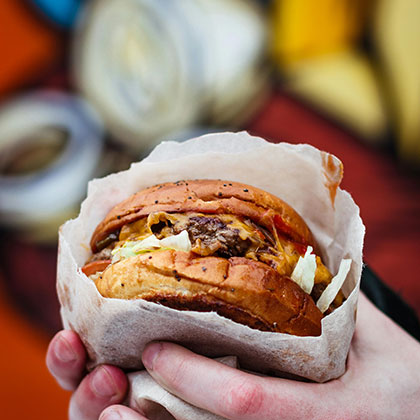
Social media’s easy-access, far-reaching nature and influencer culture means restaurants today can achieve positive global repute with little-to-no marketing. And this can happen at significant pace, with online hype creating queues around the block for walk-ins and a reservation book that’s full weeks and months ahead for restaurants that take bookings.
There has always been hype around new restaurants – with some being the talk of the town for months, and even years, after opening. That’s still the case. But what’s changed is the way that this kind of fame is no longer just open to what one might call ‘conventional’ restaurants. Now, the smaller independents – often with limited, specialist menus and faster, over-the-counter food – are able to get the same, or more, engagement and recognition as their more conventional peers, owned by seasoned hospitality pros.
But there remains a real challenge to sustain a business beyond the initial hype. So, we spoke to three founders of London’s social restaurant scene for their insights on the role social media has had and will continue to play in achieving, maintaining and building on success.
And above all, asked whether becoming a ‘viral restaurant’ is a boon or a burden?
Crisp Pizza: Focus on quality
When Carl McCluskey took over his grandmother’s pub in 2020 in a quiet back street in South West London, he admits that he didn’t expect the queue for his classic pies to extend all the way back to Hammersmith Broadway train station. And he certainly didn’t anticipate pizza-lovers flocking from the US, Middle East and even Australia.
Inspired by both Neapolitan and New York-style pizzas, McCluskey created Crisp Pizza, which has established its own niche when it comes to style and flavour. For McCluskey, the success of Crisp and its food-found fame comes down to one main thing – quality. “We’re only as good as our last pizza. It’s about a great, simple product that is delivered consistently. We know we need to smash it for every guest, so we can never have a bad day,” he says.
Now in its third year after becoming a so-called ‘hype restaurant’, McCluskey admits that going viral was never in the plan. While 100,000 Instagram followers is an impressive achievement in itself, @crisppizzaw6’s reach extends far beyond that. “In just 30 days alone we had more than 1.7 million page views on our Instagram account. There’s even more people out there who track us,” he adds.
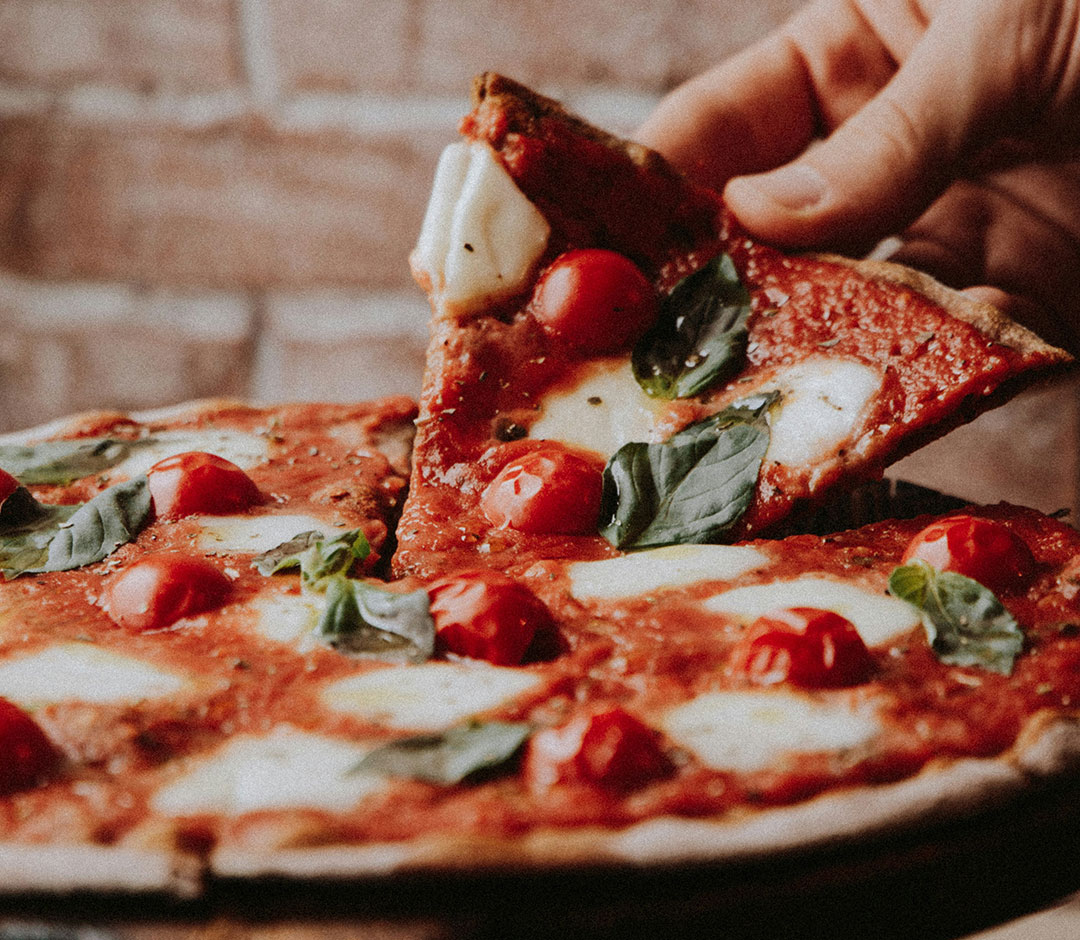
“Maintaining ‘viral’ momentum is possible – and it seems to be done best with the brands that actively engage with their audience. But, more important is that they remain true to their principles and what makes them special. With smaller independents this is usually about the quality and distinctiveness of the actual product, but it can also be the overall experience.
I love that Crisp is making its mark out of a tiny pub kitchen in a backstreet and people flock outside the pub. It’s a very social and unique London experience; everyone’s there for the same thing and it shows how real estate can embody the essence of a brand. But that’s not to say this can’t evolve into new locations and new spaces.” — Josh Leon, Savills Head of Restaurants and Leisure in Central London
Supernova: An organic approach to the hype
Supernova spent a long time becoming an overnight success, tirelessly getting the product just so behind the scenes before unveiling its burger offering. Some favourable online reviews then meant it had to cope with a huge spike in demand.
“Behind our success is the fact that we spent a long time developing our burger and products to get them right – around two years in fact. We tried around 150 different sauces. The product is at least 80% of it,” says Supernova Chef, Jeremy Coste.
“We were very surprised by how quickly things took off. There were some influencer reviews and then a snowball effect,” he adds. “It was challenging for the team. We protected quality by setting limits on the quantities we would do in a day, gradually increasing.”
Coste believes that the secret is not to try too hard on the hype side, and instead the basis for success should be organic. By continuing to walk the walk with high-quality food and experiences, the patrons and influencers will continue the momentum set by their peers in posting their experiences online, feeding a natural cycle of hype and popularity.
“Social media is really big for any restaurant. It has become a big element – from fine dining restaurants down to the hot dog stand on the corner,” says Coste. “The influencers will come because that’s what they do, it’s their business. They are the new Michelin guide.”
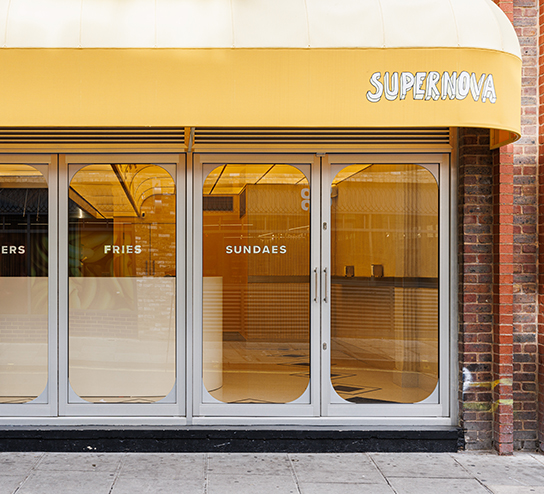
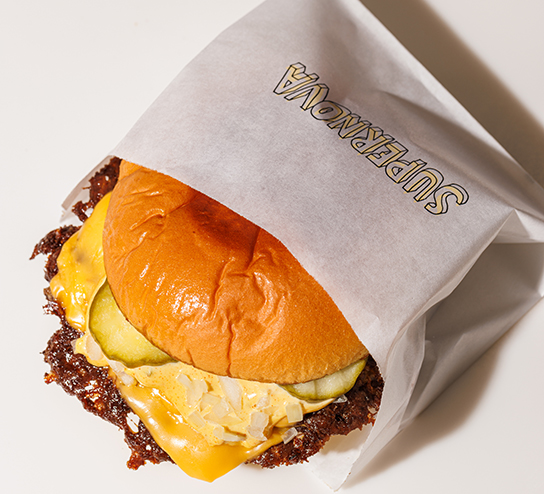

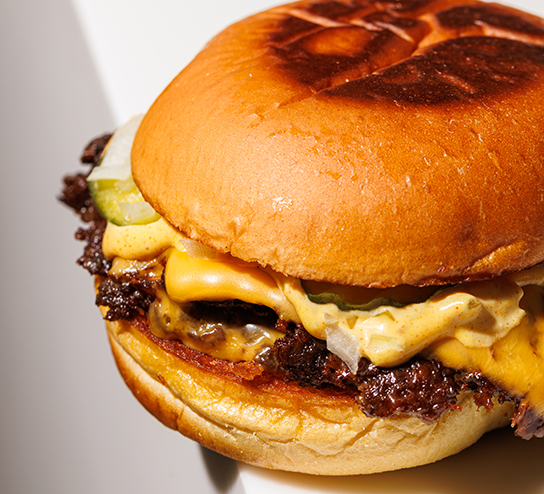
“Increasingly, our research is telling us that the proximity of popular, quality restaurants is a deciding factor for choosing where and how to shop – including whether to venture into the physical world of real estate rather than staying online. No longer are restaurants just providing sustenance or bookending a shopping trip to a particular place.”
— Josh Leon, Savills Head of Restaurants and Leisure in Central London
JKS: Leveraging old and new media
Hype doesn’t always come in the shape and size of tucked-away units or unassuming pop-up locations run by start-up entrepreneurs. With an impressive number of Michelin stars and Bib Gourmands, restaurant group JKS have been building and maintaining hype in London’s restaurant scene since 2008.
In developing and expanding within the social media era, JKS has experienced the potential such platforms have to rapidly boost the popularity of their restaurants, whilst also relying on more traditional review routes. Indeed, the three Sethi siblings behind the success of JKS believe that hype and building demand go well beyond TikTok and Instagram.
“The hype is great – but you’ve got to back it up with the product and the guest experience. That’s what people come for at the end of the day. If you do that right, the rest will follow.” — Karam Sethi, Co-Founder and Food & Creative Director, JKS
“Social media is really important – increasingly, you can’t exist without it,” says Karam Sethi. “The younger generation will choose their restaurants through TikTok. But it’s not only about going viral on social media. For some of our higher-end restaurants, reviews in the quality press are still really powerful. You can’t discount the importance of traditional restaurant reviews either.”
The family trio have created spaces that they believe London can benefit from, serving up a variety of cuisines from Indian and Southeast Asian to Persian and British, each with its own identity based on location, interiors and design. BAO, for instance, which originally launched as a Taiwanese gua bao food market stall at Netil Market in Hackney, East London, now has locations in Soho, Fitzrovia, King’s Cross and Shoreditch – one including a karaoke room.

“When advising landlords, we look at the size of an F&B brand’s following and compare this to sales figures at existing outlets to get a sense of how many unique visitors a new restaurant might generate. But we also look at who those customers are to make sure they align with the leasing objectives. For example, there may be some fashion brands which share similar followers of social media with certain F&B brands, and we’d want to put them together. Or it may be that we want to target a missing demographic by introducing a new restaurant brand that has that particular social media following.
It’s not always obvious either. In years gone by, luxury brand shoppers would be given a similar level of luxury in dining. Now, with younger shoppers favouring more casual, faster formats that are viral social media, we’re increasingly choosing concepts that appeal to those shoppers – giving them a chance to tag their favourite F&B brands on their social feeds as part of the whole experience.” — Josh Leon, Savills Head of Restaurants and Leisure in Central London
The ‘viral’ status is really what you make of it – a spotlight you can either bask in or leverage as a bonus opportunity to reach audiences. However, what remains an undercurrent to consistent success is, and will always be, a commitment to quality to what’s on and off the plate to deliver the best customer experience.
For influencer-owned brands, digital retail is the norm expected by
consumers. So, in a saturated online market, which influencers are turning
back to physical real estate to differentiate themselves from the competition?

